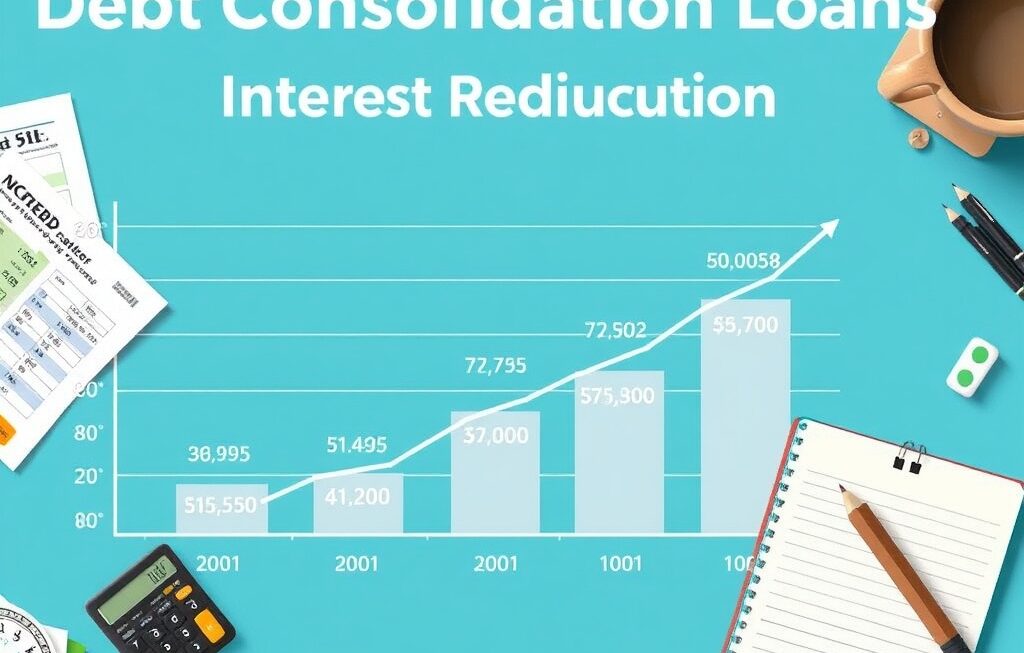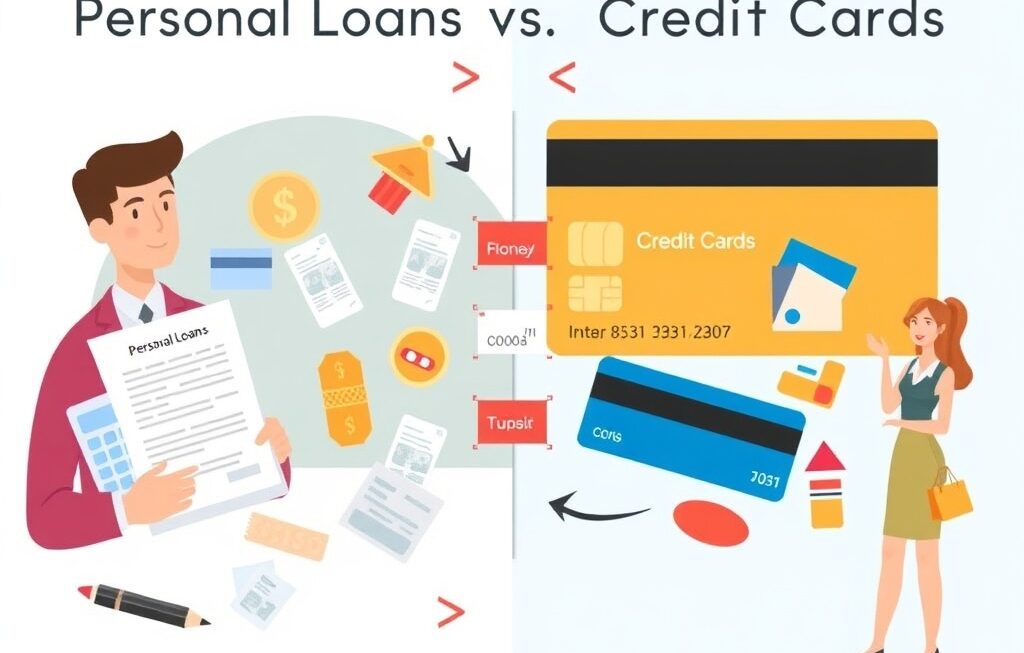Thinking about your finances and wondering if you could be saving money each month? Loan refinancing might be the answer. Whether it’s your mortgage, student loans, or auto loan, refinancing essentially means replacing your existing loan with a new one, ideally with more favorable terms. This can lead to lower interest rates, reduced monthly payments, and a more manageable financial future. Let’s dive into the world of loan refinancing and explore how it could benefit you.
Understanding Loan Refinancing
What is Loan Refinancing?
Loan refinancing involves taking out a new loan to pay off an existing one. The primary goal is to secure better loan terms, such as a lower interest rate, a shorter or longer repayment period, or a different loan type. This can result in significant savings over the life of the loan.
- Essentially, you’re swapping your current loan for a new, potentially more advantageous one.
Example: Imagine you have a mortgage with a 6% interest rate. If market rates have fallen, you might be able to refinance to a 4% interest rate, significantly reducing your monthly payments and total interest paid.
Types of Loans You Can Refinance
Many types of loans can be refinanced. Here are some of the most common:
- Mortgages: Refinancing your mortgage is a popular way to lower your monthly payments or shorten the loan term.
- Student Loans: Refinancing student loans can consolidate multiple loans into one, often with a lower interest rate.
- Auto Loans: If interest rates have dropped since you took out your car loan, refinancing could save you money.
- Personal Loans: Refinancing a personal loan can sometimes result in a lower interest rate or more manageable repayment terms.
Why Consider Refinancing?
There are several compelling reasons to consider refinancing your loan:
- Lower Interest Rate: The most common reason. A lower rate directly translates to lower monthly payments and less interest paid over the life of the loan.
- Reduce Monthly Payments: Refinancing can extend your loan term, reducing your monthly payments, though you’ll pay more interest overall.
- Change Loan Type: You might switch from an adjustable-rate mortgage (ARM) to a fixed-rate mortgage for more stability.
- Consolidate Debt: Refinancing can combine multiple debts into a single loan, simplifying your finances.
- Remove a Co-signer: If you have a co-signer on your loan, refinancing can allow you to remove them once you meet certain creditworthiness criteria.
The Refinancing Process: A Step-by-Step Guide
1. Assess Your Financial Situation
Before you start the refinancing process, evaluate your current financial situation. Consider:
- Your current loan balance and interest rate.
- Your credit score: A higher score usually means better interest rates.
- Your debt-to-income ratio (DTI): Lenders use this to assess your ability to repay the loan.
- Your long-term financial goals: What do you hope to achieve by refinancing?
2. Shop Around for Lenders
Don’t settle for the first offer you receive. Compare offers from multiple lenders to find the best terms. Look at:
- Interest rates: Compare annual percentage rates (APRs), which include fees.
- Loan fees: Consider application fees, origination fees, and appraisal fees.
- Loan terms: Decide whether you want a shorter or longer repayment period.
- Lender reputation: Read reviews and check the lender’s rating with the Better Business Bureau.
Tip: Online comparison tools can help you quickly compare offers from different lenders.
3. Gather Required Documents
Lenders will require certain documents to process your refinance application. Be prepared to provide:
- Proof of income (pay stubs, tax returns)
- Bank statements
- Identification (driver’s license, passport)
- Loan statements for your existing loan
- Credit report (the lender will likely pull this, but it’s helpful to know your score beforehand)
4. Submit Your Application
Once you’ve chosen a lender, complete the application and submit all required documents. The lender will review your application and perform a credit check.
5. Underwriting and Appraisal (If Applicable)
The lender will underwrite your application, verifying your information and assessing the risk of lending to you. For mortgage refinances, an appraisal may be required to determine the value of your home.
6. Closing
If your application is approved, you’ll receive a loan estimate outlining the terms of your new loan. Review it carefully and ask any questions you have. If you’re satisfied, you’ll proceed to closing, where you’ll sign the loan documents and finalize the refinance.
Factors to Consider Before Refinancing
Credit Score Impact
Applying for a refinance can have a slight, temporary negative impact on your credit score due to the hard inquiry. However, if you secure better loan terms, the long-term benefits can outweigh this short-term effect. Maintaining a good payment history on your refinanced loan will help improve your credit score over time.
Refinancing Costs
Refinancing isn’t free. Be aware of potential costs, such as:
- Application fees
- Origination fees
- Appraisal fees (for mortgages)
- Closing costs
Calculate whether the savings from refinancing outweigh these costs. A good rule of thumb is to ensure that the break-even point (the time it takes to recoup the costs of refinancing through savings) is shorter than the remaining term of the loan.
Example: If refinancing costs you $3,000 and saves you $100 per month, your break-even point is 30 months (3,000 / 100). If you plan to stay in your home or keep the loan for longer than 30 months, refinancing makes financial sense.
Loan Term Adjustments
While refinancing to a longer loan term can lower your monthly payments, it will also increase the total interest you pay over the life of the loan. Conversely, refinancing to a shorter term will result in higher monthly payments but less interest paid overall.
Consider this: Think carefully about your budget and financial goals when choosing a loan term. If your priority is to save money in the long run, a shorter term is preferable. If you need to free up cash flow each month, a longer term might be more suitable.
Prepayment Penalties
Check your current loan agreement for prepayment penalties. Some lenders charge a fee if you pay off your loan early, which could negate the benefits of refinancing. If your current loan has a prepayment penalty, factor that into your cost analysis.
Common Refinancing Mistakes to Avoid
Not Shopping Around
Settling for the first offer you receive can cost you thousands of dollars over the life of the loan. Get quotes from multiple lenders to ensure you’re getting the best possible terms.
Ignoring Closing Costs
Closing costs can add up quickly. Don’t focus solely on the interest rate; consider all the costs associated with refinancing.
Overlooking Loan Terms
Pay attention to the loan term and how it affects your monthly payments and total interest paid. Choose a term that aligns with your financial goals.
Not Reading the Fine Print
Carefully review all loan documents before signing. Understand the terms and conditions of the loan, including any fees or penalties.
Refinancing Too Soon
Refinancing too frequently can negatively impact your credit score and rack up unnecessary fees. Consider how long you plan to stay in your home or hold the loan before refinancing again.
Conclusion
Loan refinancing can be a powerful tool for improving your financial situation. By understanding the process, considering the factors involved, and avoiding common mistakes, you can make an informed decision and potentially save a significant amount of money. Take the time to assess your needs, shop around for the best rates, and carefully review all loan documents. With careful planning, refinancing can help you achieve your financial goals and create a more secure future.



